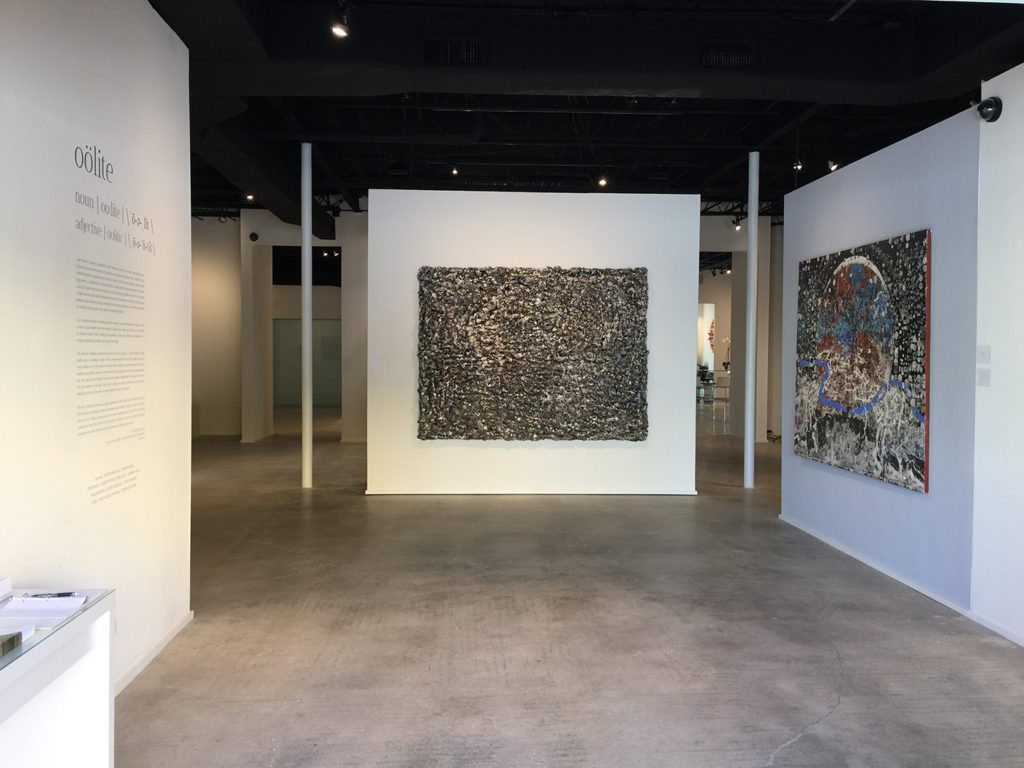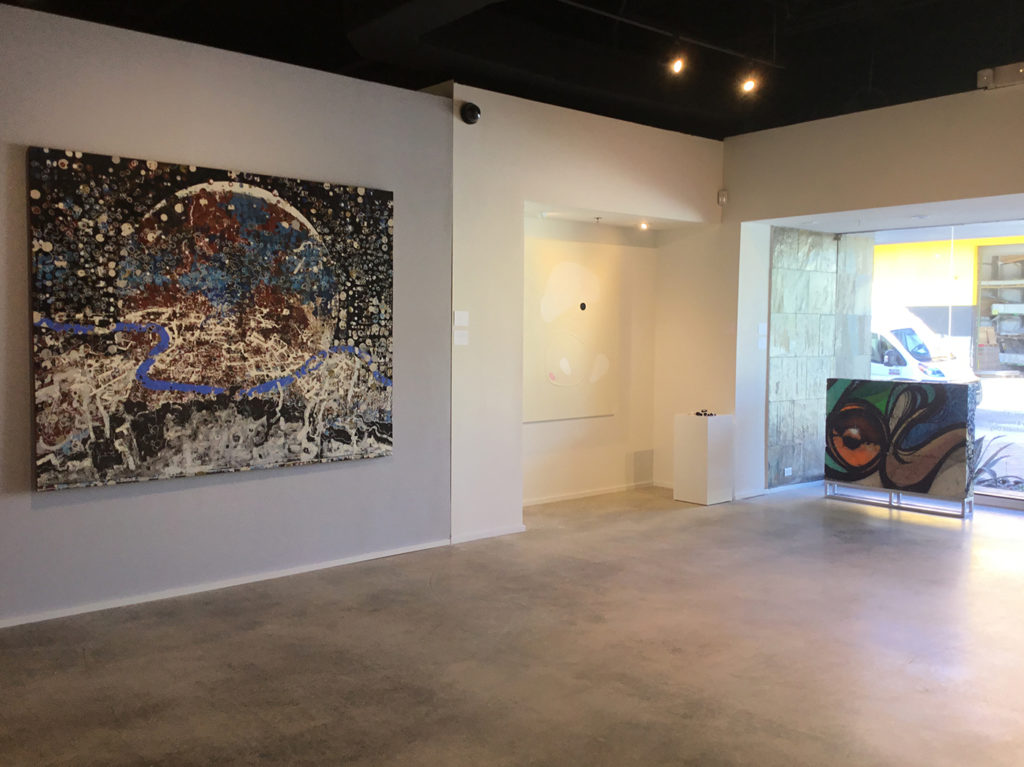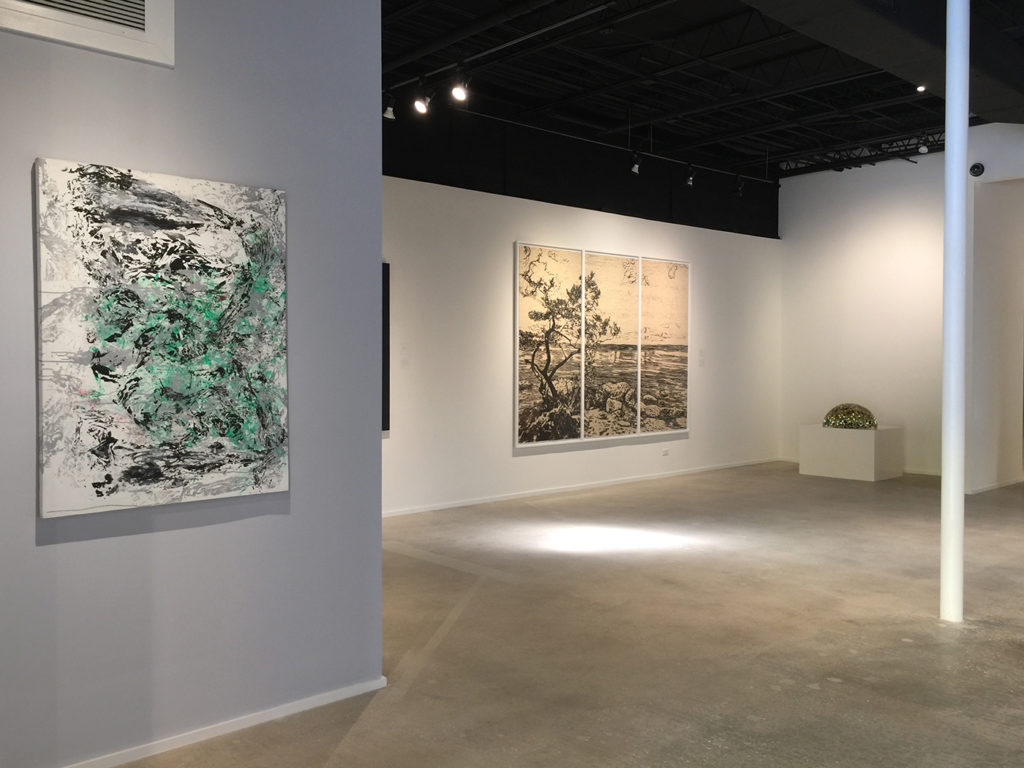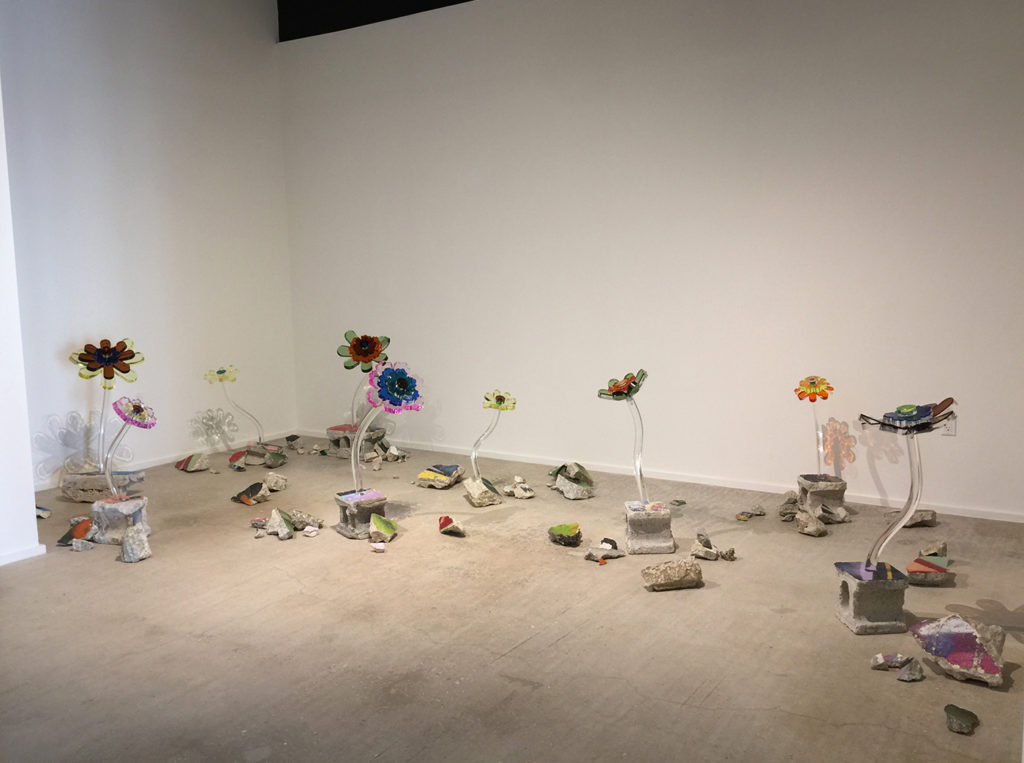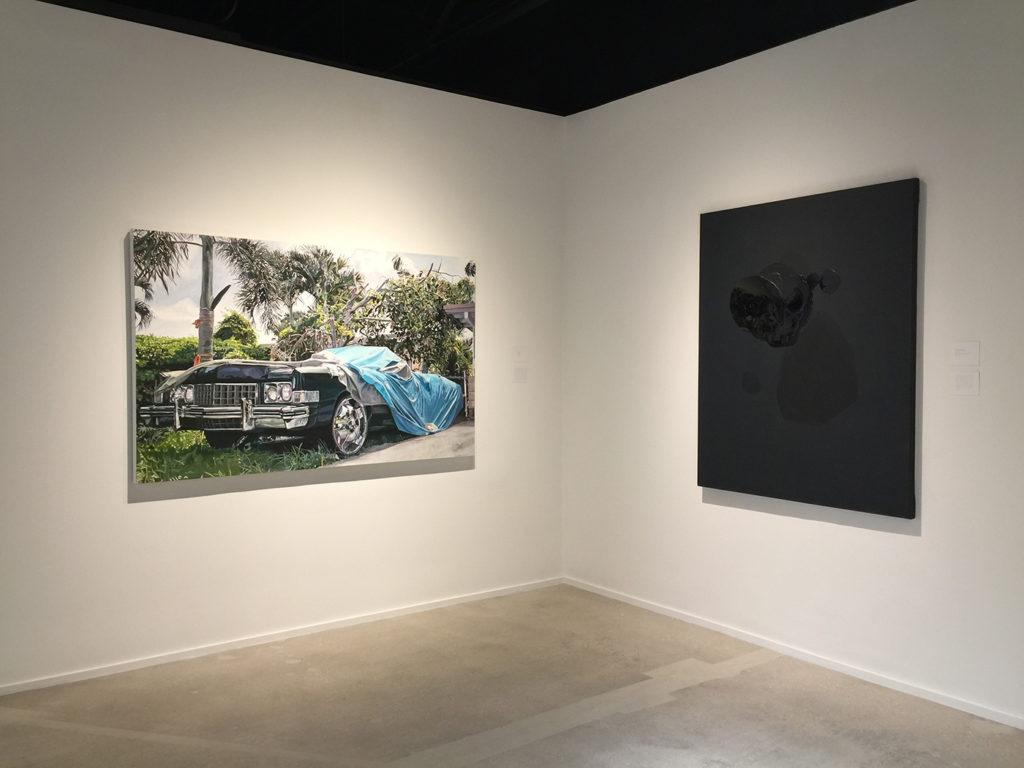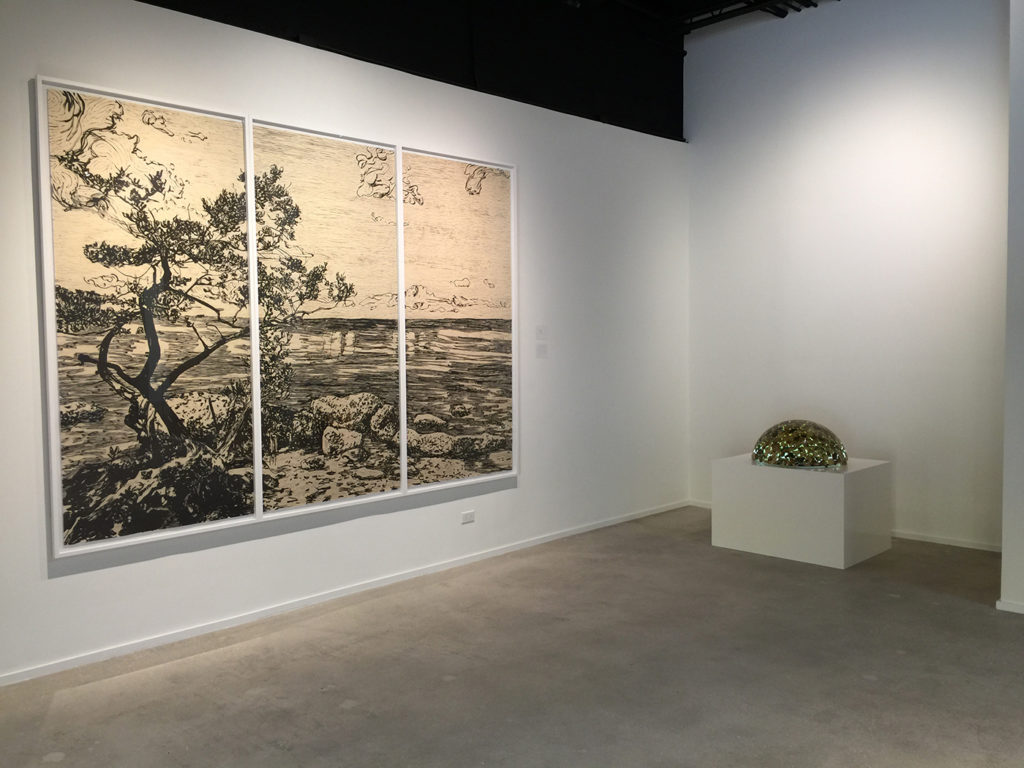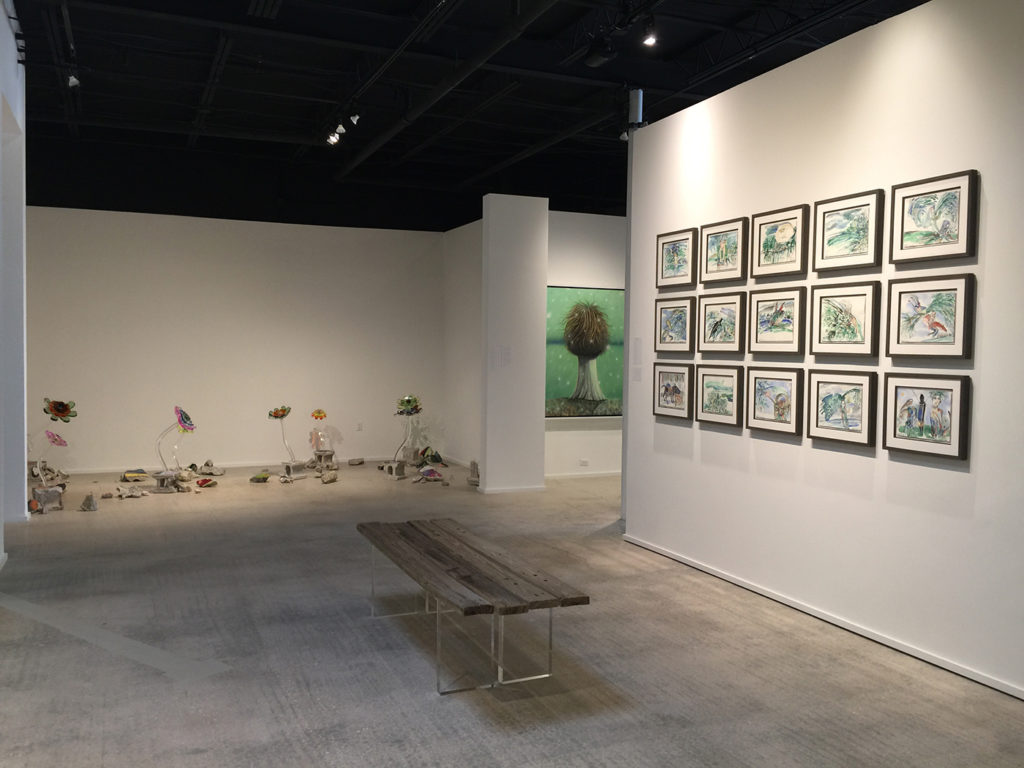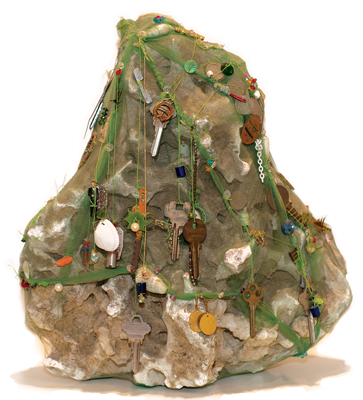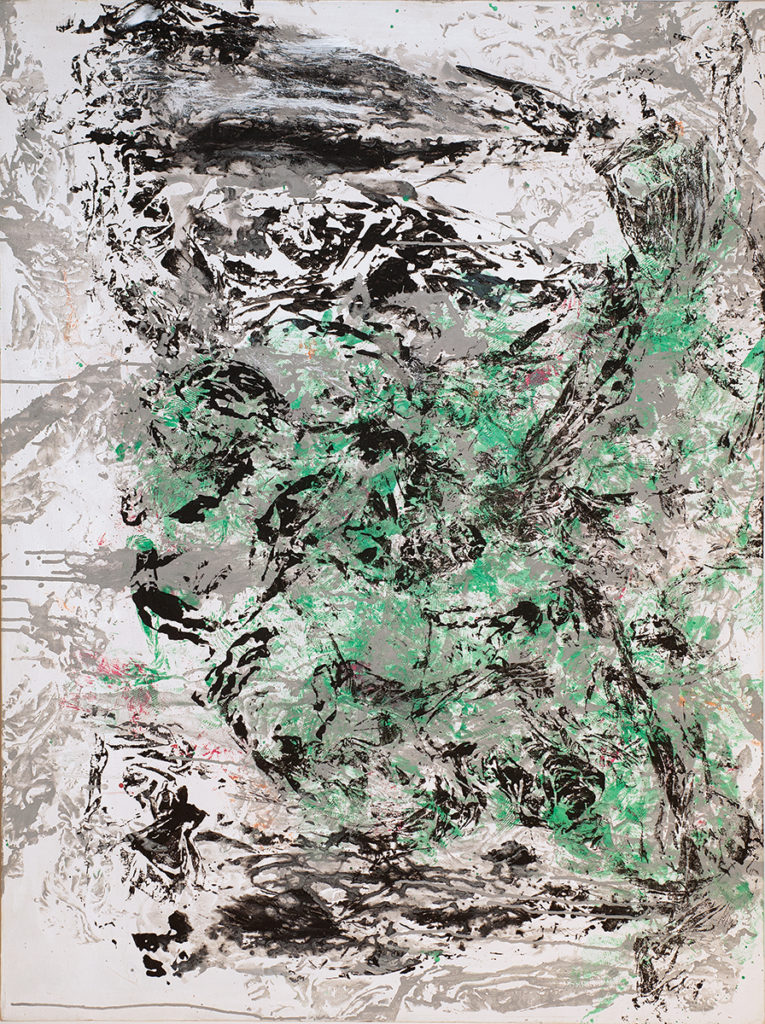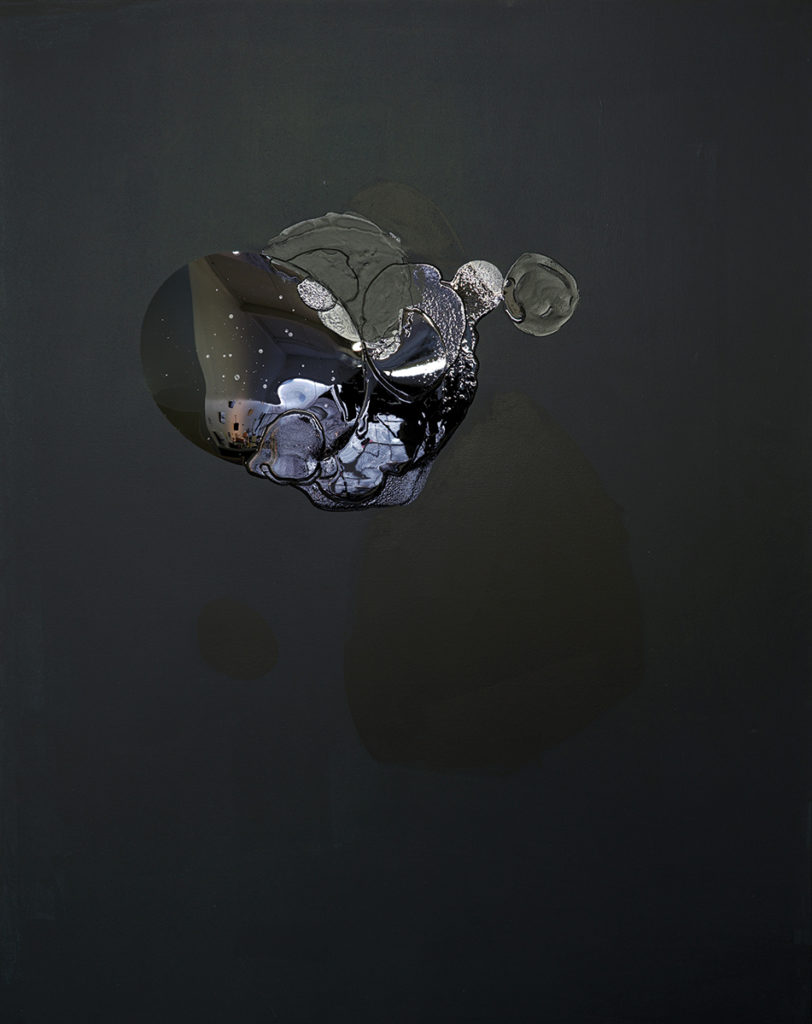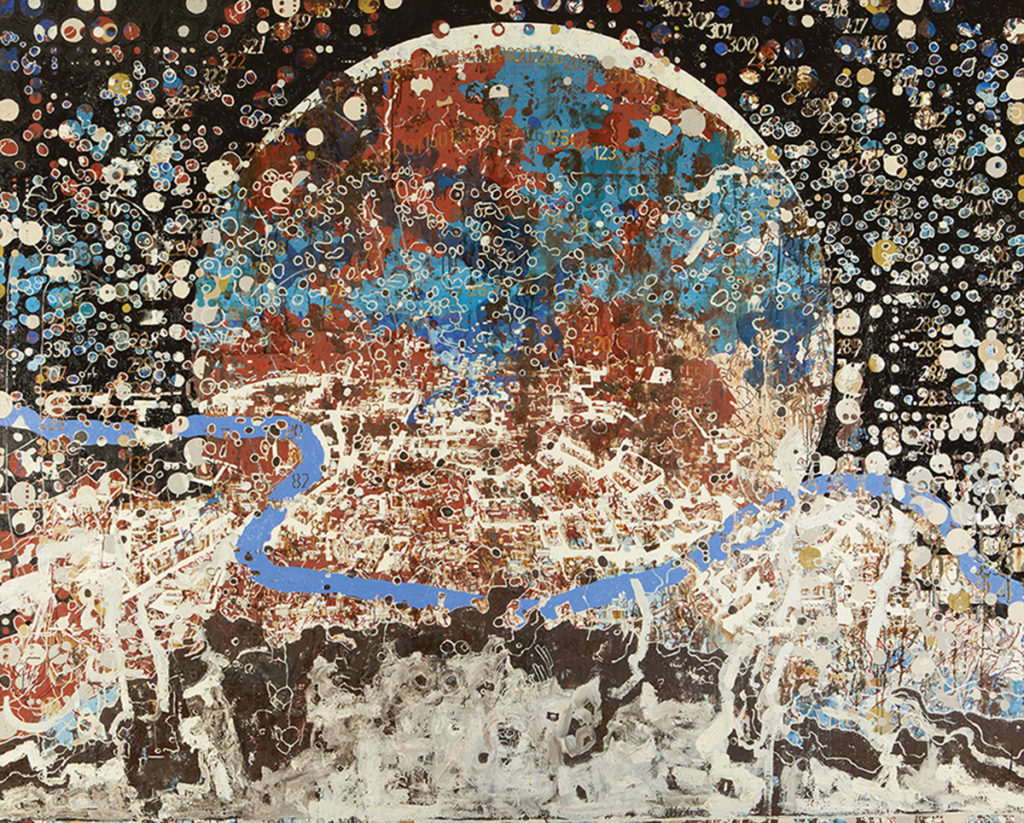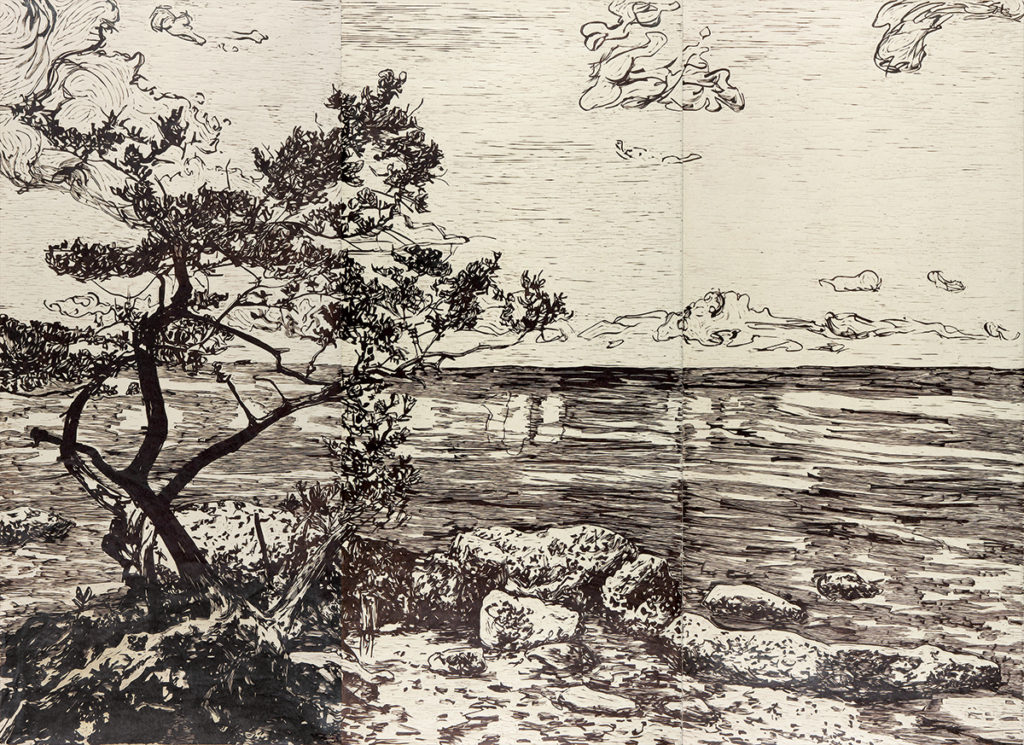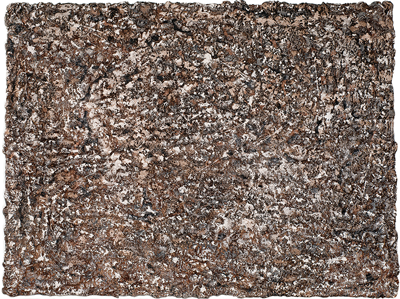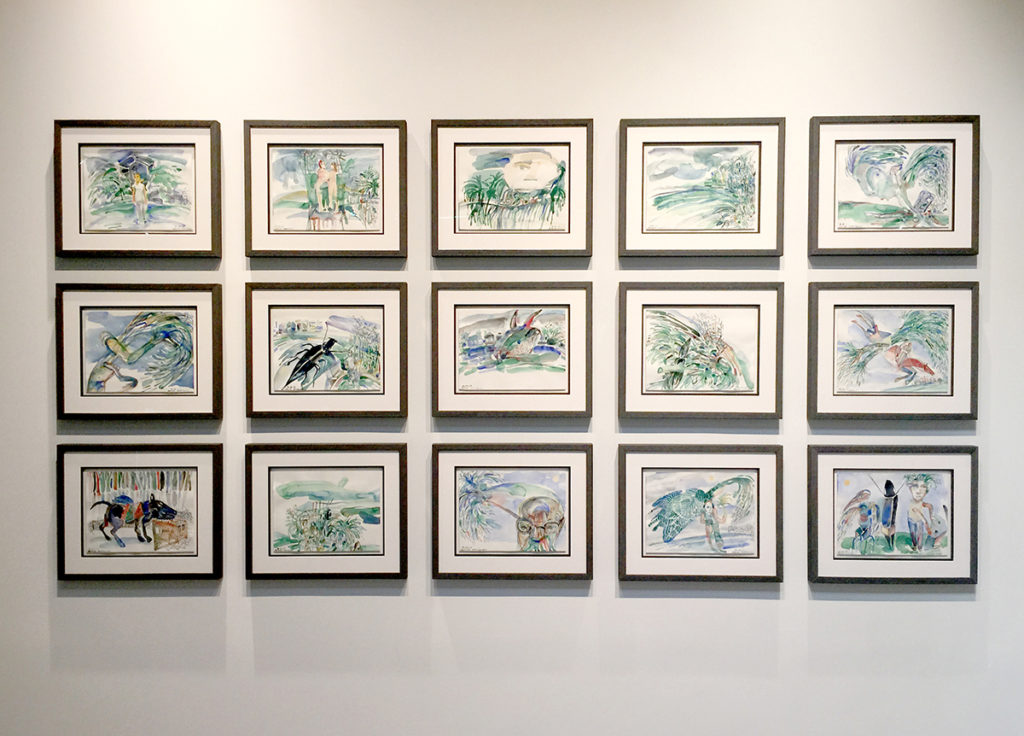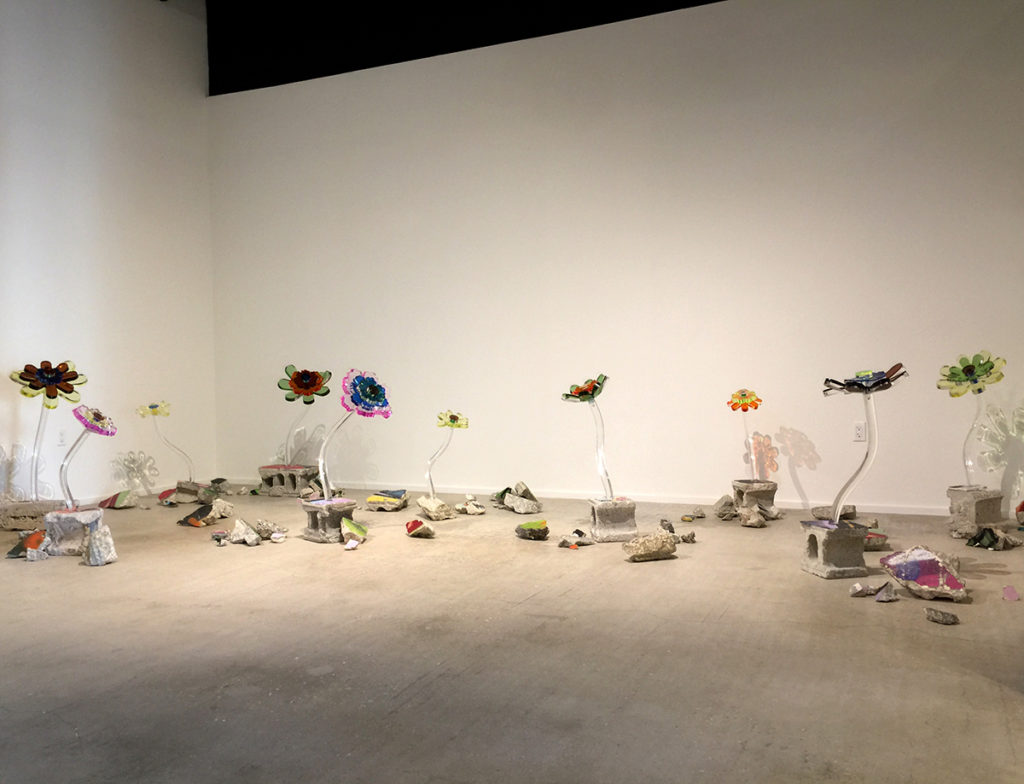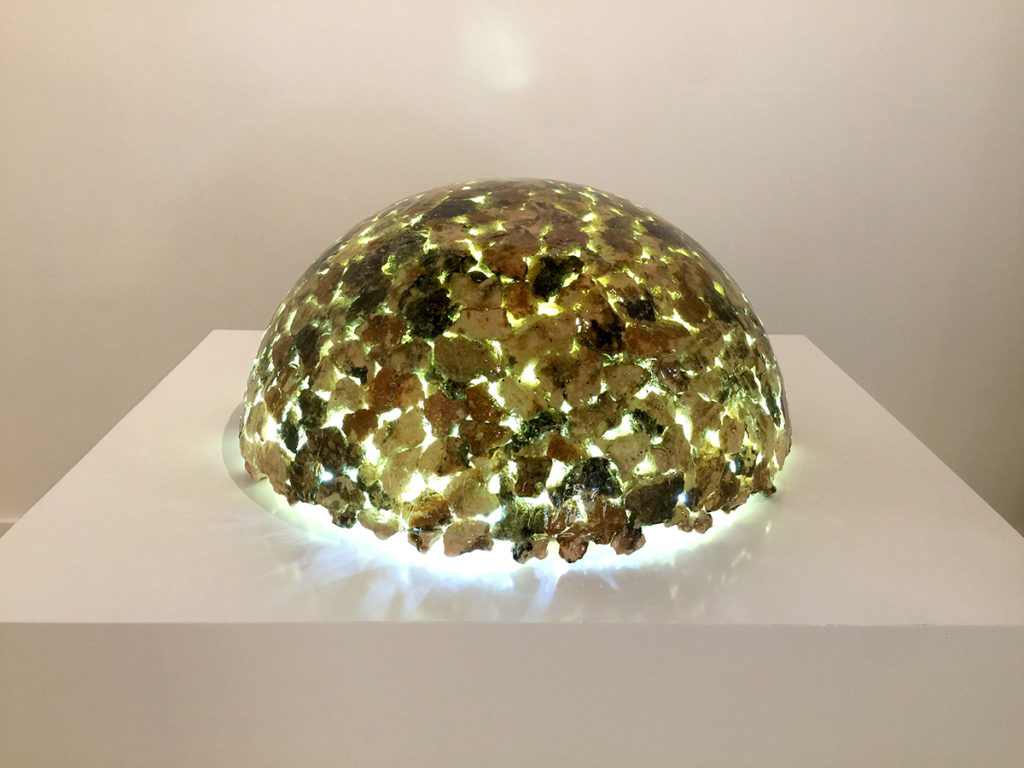oölite
noun | oo·lite | \ˈō-ə-ˌlīt \
adjective | oolitic | \ˌō-ə-ˈli-tik\
featuring:
JOHN WILLIAM BAILLY | JENNIFER BASILE | TIM BUWALDA | ROBERT DEYOUNG
JESSIE LAINO | GABRIELA NOELLE | WILLIAM OSORIO | ARTURO RODRÍGUEZ
CÉSAR TRASOBARES | TREK6 | TONY VAZQUEZ-FIGUEROA | SINUHE VEGA NEGRIN
South Florida is mainly composed of oolitic limestone, which was formed when shallow seas covered the area between periods of glaciation and deposits of limestone were consolidated and eroded during later exposure above the ocean surface. According to the dictionary, oolite or oölite (egg stone) is a sedimentary rock formed from ooids, spherical grains composed of concentric layers. The name derives from the Ancient Greek word for egg. In Florida, coral rock is a variation of oolite and our most familiar building material and the foundation of our landscape. It is a coral limestone (also called keystone) consisting of the calcareous skeletons of corals often cemented by calcium carbonate, with a few spherical inclusions (oolites). It is a distinctive feature of building facades, stairways, and patio flooring that ages to reveal a natural patina formed over the vestiges of fossils, coral, shells and small bits of marine life. For artists in South Florida looking for inspiration in their own distinctive environment, it is ecological, geological, available, and always interesting.
This collective exhibition includes the work of an eclectic group of 12 artists working in South Florida, upon a foundation of oolite. When presented with the idea of using oolite as the focus of an exhibition, each one considered the stone from a different perspective related to their own memories and practice and to a new historical and ecological view of their surroundings that they may have taken for granted, but now merit artistic consideration. The shapes of the stones, oval and smooth, are the most basic units to appear in much of the work in the exhibition, especially as they are cemented into our familiar keystone or coral rock.
The story of oolite has become an artistic opportunity with results that celebrate the bedrock of Florida and the remarkable diversity of materials, artistic and structural, that have come together over the years. Miami is the epicenter of the most contemporary art scene in the state, and the construction boom that seems to last decades, will always be built upon oolite, beyond the foundations and onto the most recognizable features of buildings old and new.
Carol Damian, Ph.D.
Excerpt from
“OOLITE: ARTISTS JOURNEY BENEATH LAND AND SEA”
LnS Journal
